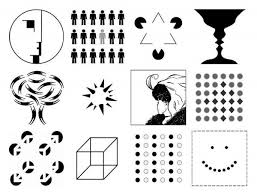Visualization principles
The goal of data visualization is to make data meaningful and easy to interpret. Accordingly, any approach to data visualization should attempt to follow the psychological principles discuss日本藤素
ed by Dr.Stephen M. Kosslyn in Graph Design for the Eye and Mind (2006, pp. 261-264).Kosslyn lists eight major principles a researcher should think about when putting together a graphic:
ed by Dr.Stephen M. Kosslyn in Graph Design for the Eye and Mind (2006, pp. 261-264).Kosslyn lists eight major principles a researcher should think about when putting together a graphic:
- Principle of Relevance: Communication is most effective when neither too much nor too little information is presented.
- Principle of Appropriate Knowledge: Communication requires prior knowledge of relevant concepts, jargon, and symbols.
- Principle of Salience: Attention is drawn to large perceptible differences.
- Principle of Discriminability: Two properties must differ by a large enough proportion or they will not be distinguished.
- Principle of Perceptual Organization: People automatically group elements into units, which they then attend to and remember.
- Principle of Compatibility: A message is easiest to understand if its form is compatible with its meaning.
- Principle of Informative Changes: People expect changes in properties to carry information.
- Principle of Capacity Limitations: People have a limited capacity to retain and to process information and will not understand a message if too much information must be retained or processed.

